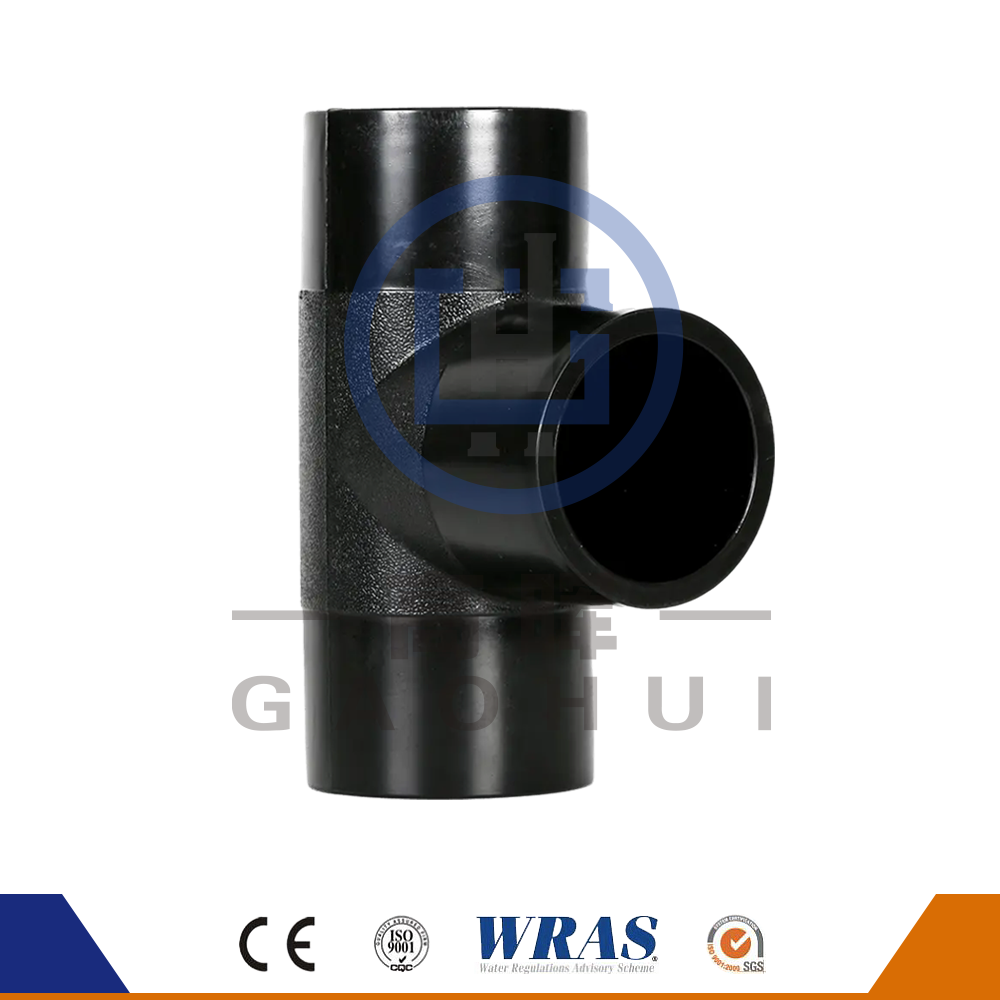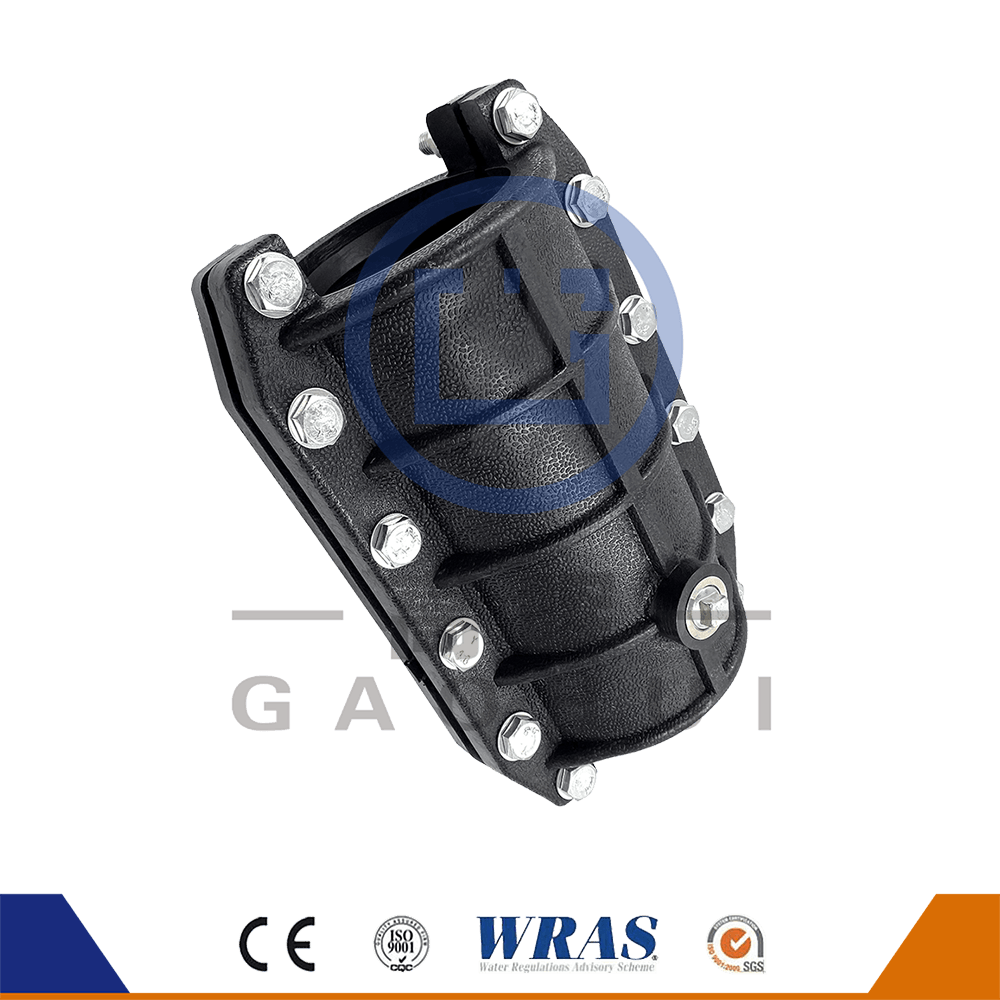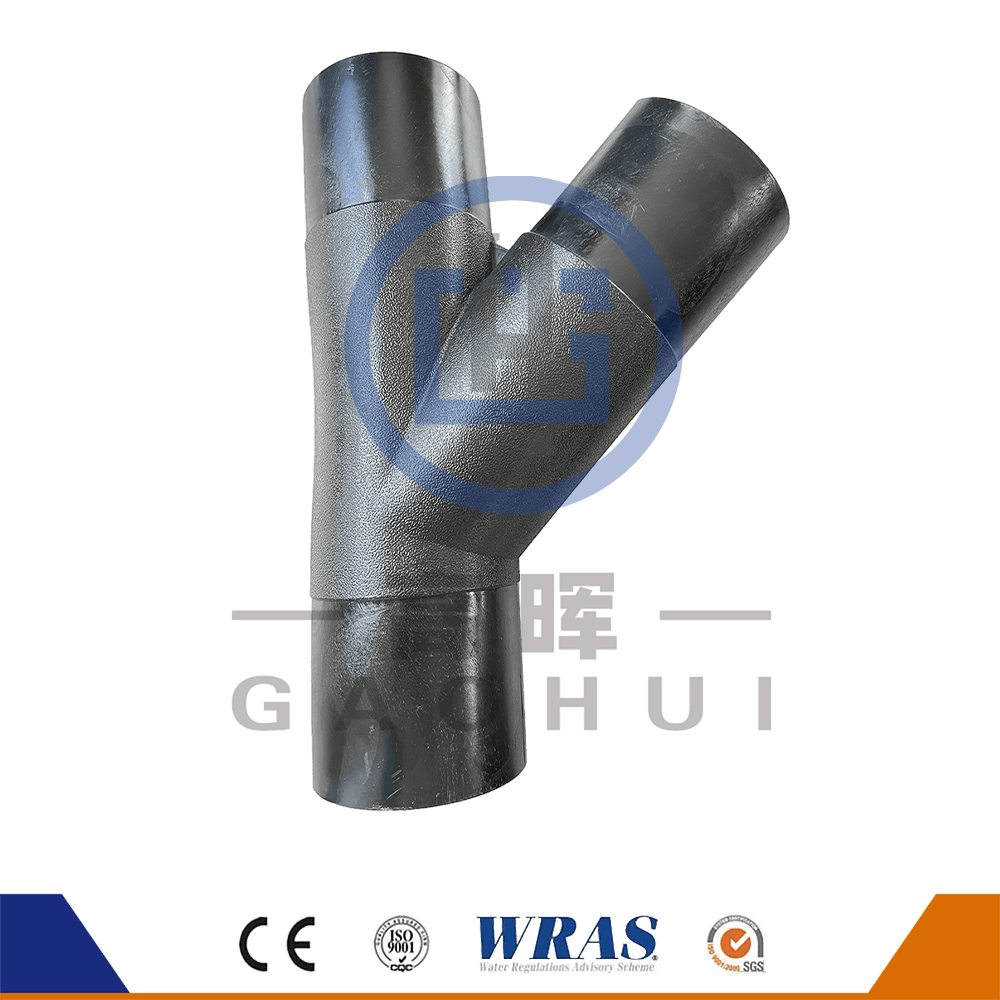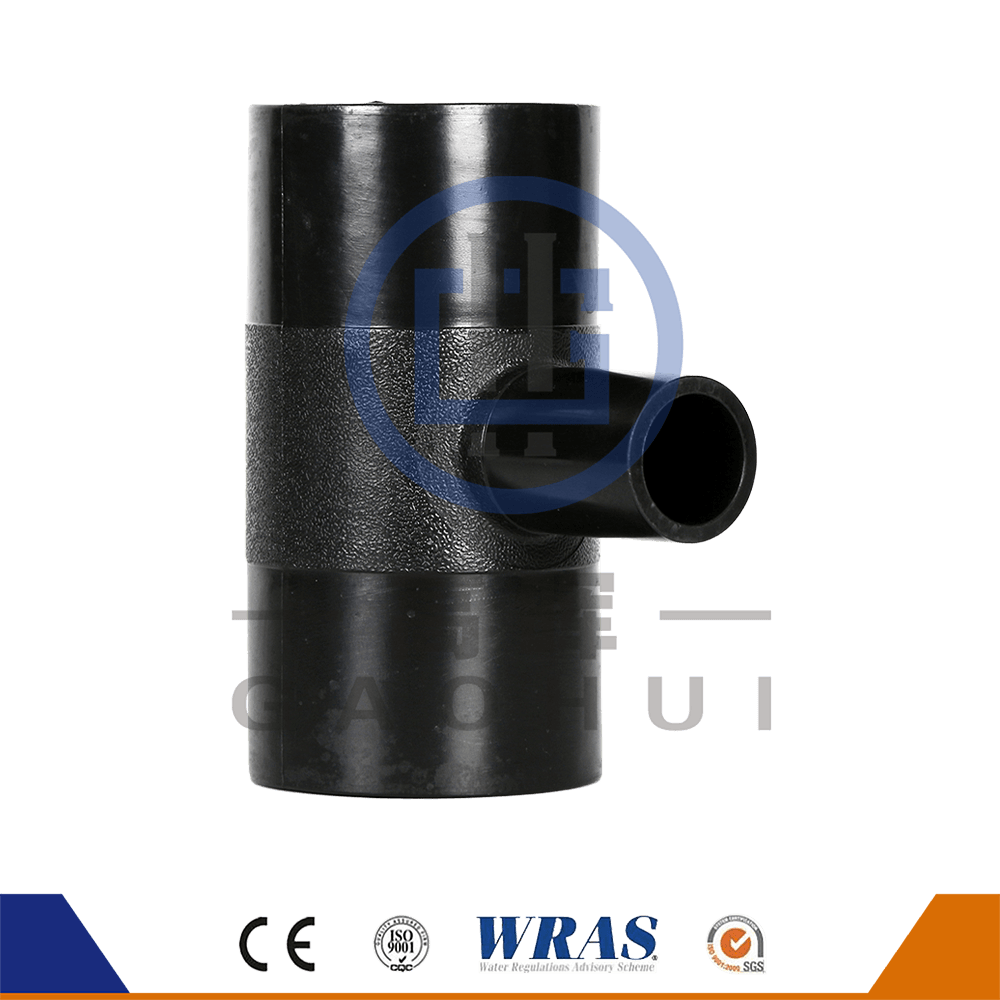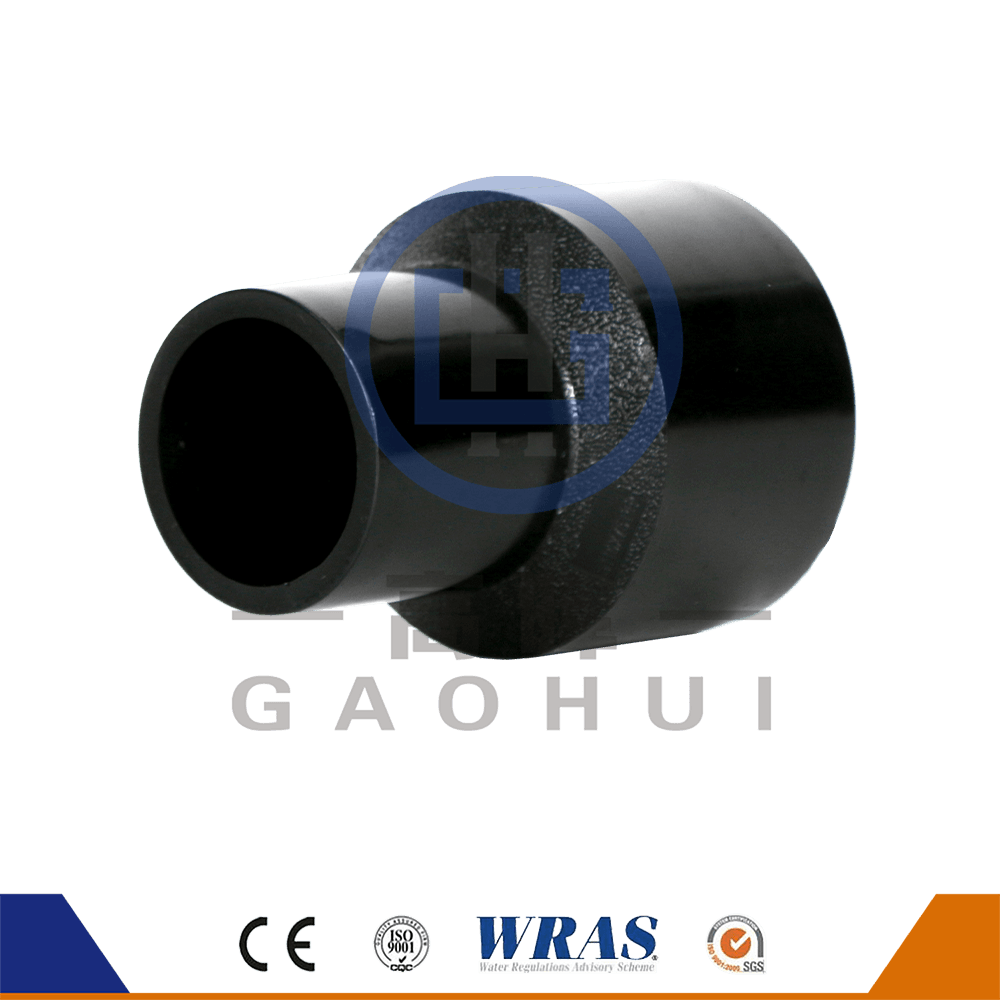Content
- 1 What Are Round Head Version Compression Fittings?
- 2 Key Features That Enhance Durability and Performance
- 2.1 Improved Seal Integrity: A Uniform Compression for Long-Lasting Connections
- 2.2 Enhanced Resistance to Vibration: Keeping Connections Secure in High-Motion Environments
- 2.3 Better Thermal Expansion Handling: Coping with Temperature Fluctuations
- 2.4 Superior High-Pressure Performance: Reliability Under Stress
- 2.5 Durability Over Time: Reduced Wear and Tear
- 2.6 Ease of Installation: Reduced Risk of Installation Errors
In industrial systems, the integrity of piping connections is crucial to maintaining safe, efficient, and cost-effective operations. A single weak or faulty fitting can lead to leaks, damage, system downtime, and, in some cases, catastrophic failures. This is why the choice of fittings is so important, especially in high-pressure or high-stress applications. Among the best options for these conditions are Round Head Version Compression Fittings—a modern solution that significantly improves the durability and performance of any piping system.
What Are Round Head Version Compression Fittings?
Before delving into how these fittings improve system durability and performance, let’s first understand what a round head version compression fitting is. A compression fitting is a mechanical component used to connect two pipes or tubes, using a compressive force to create a leak-proof seal. These fittings are widely used in systems that transport fluids or gases under pressure, including plumbing, industrial piping, HVAC, and chemical systems.
The round head version of a compression fitting refers to the shape of the fitting’s head, which is rounded for improved performance. The rounded design provides better compression, increased surface contact, and enhanced sealing capabilities compared to traditional flat or angular-headed fittings. These design improvements allow for superior durability and consistent performance in even the most demanding environments.
Key Features That Enhance Durability and Performance
Improved Seal Integrity: A Uniform Compression for Long-Lasting Connections
One of the most critical features of round head compression fittings is their ability to create a uniform, high-quality seal. In any fluid or gas system, maintaining a leak-proof connection is of utmost importance. Traditional compression fittings, particularly those with angular or flat heads, sometimes fail to create an even pressure across the entire fitting interface. This can result in weak points in the seal, which are more prone to leaks.
The round head design improves this by providing greater contact area and uniform compression. The rounded head shape distributes the pressure evenly across the fitting, ensuring that the connection remains tight, even under fluctuating pressure or temperature. This even pressure distribution helps prevent common issues like leaking, which can compromise system integrity and efficiency.
By improving the quality of the seal, round head compression fittings help eliminate leakage risks, increase system reliability, and reduce the potential for costly repairs or replacements.
Enhanced Resistance to Vibration: Keeping Connections Secure in High-Motion Environments
In industrial systems, vibration is a common challenge, particularly in machinery, vehicles, and manufacturing plants. Pipes and fittings subjected to constant or intense vibrations may loosen over time, resulting in leaks or system failures.
The round head version compression fitting excels in these environments due to its improved ability to resist vibration. The design of the round head ensures that the fitting compresses the pipe uniformly, creating a more secure and stable connection. The additional surface area provided by the rounded shape helps the fitting better absorb and distribute vibrations, preventing loosening or shifting that could otherwise weaken the seal.
This vibration resistance is critical in applications like power plants, heavy equipment, and transportation systems, where the components are regularly exposed to mechanical forces. Thanks to the round head design, the fitting remains tightly sealed, even in high-vibration environments, reducing the risk of system downtime and costly repairs.
Better Thermal Expansion Handling: Coping with Temperature Fluctuations
Piping systems frequently experience temperature changes, particularly in industries like oil and gas, HVAC, and chemical processing. As pipes expand and contract with heat, traditional compression fittings may become stressed, leading to loose connections or even cracks in the material.
The round head version compression fitting addresses this problem by offering a better grip on the pipe and allowing it to absorb movement caused by thermal expansion. The rounded head applies a more uniform compressive force along the entire circumference of the pipe, ensuring that the fitting stays in place despite temperature fluctuations. This design reduces the stress that thermal expansion typically places on the fitting, helping to maintain a secure connection even when the system is exposed to high or low temperatures.
This enhanced ability to handle thermal expansion and contraction is particularly valuable in industries that deal with extreme temperatures or where systems need to maintain performance under fluctuating heat, such as in chemical plants, oil pipelines, and refrigeration systems.
Superior High-Pressure Performance: Reliability Under Stress
For many industrial systems, high-pressure conditions are a given. Whether in oil and gas pipelines, water distribution systems, or hydraulic systems, the fittings need to withstand significant pressure without failing. Round head compression fittings are specifically designed to perform well under these conditions.
The larger surface area provided by the round head allows the fitting to apply a more uniform compression force, resulting in a stronger and more resilient connection. This even distribution of pressure ensures that the fitting can hold up under high-pressure scenarios without failing or becoming compromised. Additionally, the materials used in these fittings are typically designed for high-pressure resistance, ensuring long-term performance even in the most demanding environments.
Round head compression fittings, therefore, are ideal for industries where high-pressure performance is crucial, such as in the oil and gas, hydraulics, and chemical processing industries.
Durability Over Time: Reduced Wear and Tear
Durability is one of the most significant factors that set round head compression fittings apart from traditional options. Over time, typical compression fittings can degrade due to frequent exposure to mechanical stress, temperature fluctuations, or chemicals. This degradation can lead to leakage, reduced efficiency, and even failure of the system.
The round head version is engineered to offer increased wear resistance and longer-lasting performance. The more uniform compression and sealing it provides reduce the strain on both the fitting and the connected pipes, preventing common issues like cracking, corrosion, or loosening. This improved durability means fewer replacements and less downtime for maintenance, ultimately saving both time and money in the long term.
In industries where downtime can be costly, such as in oil refining, nuclear plants, or water treatment plants, having a more durable and reliable connection is essential. Round head compression fittings help ensure continuous operation, reducing the need for frequent maintenance and minimizing unexpected failures.
Ease of Installation: Reduced Risk of Installation Errors
Another standout feature of round head compression fittings is their ease of installation. Installation can be a challenging task, especially in complex systems with limited space or high-pressure environments. Misalignment during installation can cause improper sealing and lead to leaks or system inefficiencies.
The ergonomic round head design makes installation easier by allowing for more even pressure application and a smoother fit. The shape allows for better alignment of the pipes and more uniform compression, which reduces the risk of installation errors. The additional surface contact ensures that the fitting is securely attached to the pipe, reducing the likelihood of cross-threading or improper connection.
This ease of installation is a significant benefit for both maintenance workers and system designers, as it simplifies the process and reduces the risk of errors that can lead to system failures.


 English
English русский
русский عربى
عربى